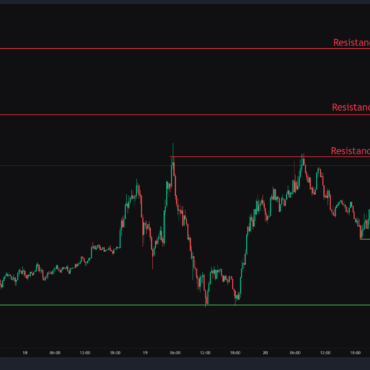A seemingly minor technical feature once divided Bitcoin’s community, exposing clashing visions for the future of cryptocurrency. Let’s dive into the details.
What Are Blocks in Blockchain?
To grasp the conflict, first understand blockchain’s foundation. A blockchain chains together data-filled “blocks” secured by cryptography. Each block stores transaction details, with its capacity defined by block size. Bitcoin’s original 1MB limit, for example, capped data per block. This constraint later fuelled fiery disputes as adoption surged.
Initially, block size drew little attention. Yet as Bitcoin’s popularity exploded, the 1MB limit strained transaction processing. Delays and fees climbed, testing the network’s efficiency. Consequently, a rift emerged: Should blocks grow larger or stay small?
From Obscurity to Crisis
Satoshi Nakamoto launched Bitcoin in 2009 without a fixed block size. By 2010, however, Nakamoto quietly added a 1MB cap to prevent spam. Early on, this limit posed no issues as transaction volumes remained low.
However, Bitcoin’s meteoric rise post-2013 overwhelmed the system. By 2015, users faced sluggish confirmations and soaring fees. Critics warned the network might fail as a global payment tool. Meanwhile, developers proposed solutions, sparking an ideological clash.
Big Blockers vs. Small Blockers
In 2015, developers Gavin Andresen and Mike Hearn championed raising the block size to 8MB, arguing scalability was urgent. Their “big blocker” faction believed larger blocks would reduce fees and prevent bottlenecks. “Bitcoin risks irrelevance if it can’t handle demand,” they asserted.
Opposing them, “small blockers” feared centralisation. Larger blocks, they countered, would demand costly hardware, squeezing out smaller miners. Additionally, a hard fork was required for a size hike. This could split the network. “Security and decentralisation matter more than throughput,” they insisted.
The stalemate dragged on for years. Conferences and forums buzzed with technical rebuttals. Meanwhile, average transaction fees spiked from cents to over $50 by 2017, intensifying pressure for resolution.
The Compromise That (Temporarily) United Bitcoin
In August 2017, the community activated Segregated Witness (SegWit), a clever workaround. By stripping signature data from transactions, SegWit effectively doubled capacity to 4MB without altering the 1MB limit. Crucially, it avoided a hard fork, satisfying small blockers.
Despite this breakthrough, tensions lingered. Big blockers dismissed SegWit as insufficient, demanding direct size increases. Dissenters soon executed a hard fork, birthing Bitcoin Cash (BCH) with an 8MB cap. “SegWit is a half-measure,” argued BCH proponents, later expanding blocks to 32MB.
Legacy of Division
Bitcoin Cash’s 2017 debut crystallised the split. While some hailed it as Bitcoin’s “true” successor, others saw a dangerous precedent. The fork highlighted Bitcoin’s resistance to corporate influence, especially after the New York Agreement, which was a corporate-led proposal to hike block size that collapsed under community backlash.
Ultimately, grassroots efforts like the User-Activated Soft Fork (UASF) cemented SegWit’s adoption. By empowering users to signal support, UASF pressured miners to comply. August 1, SegWit’s activation date, is now celebrated as “Bitcoin Independence Day.”
A Battle for Bitcoin’s Soul
The block size debate transcended technicalities, revealing stark philosophical divides. Big blockers prioritised scalability; small blockers guarded decentralisation. SegWit’s compromise and Bitcoin Cash’s emergence proved no side could fully dominate.
Yet Bitcoin endured. Its decentralised ethos triumphed over top-down proposals, reinforcing user sovereignty. Today, the war’s legacy lingers as a reminder that in crypto, even code parameters can ignite revolutions. As adoption grows, new debates will arise, but Bitcoin’s core lesson remains: Power belongs to the users, not the powerful.
Written By Fazal Ul Vahab C H




